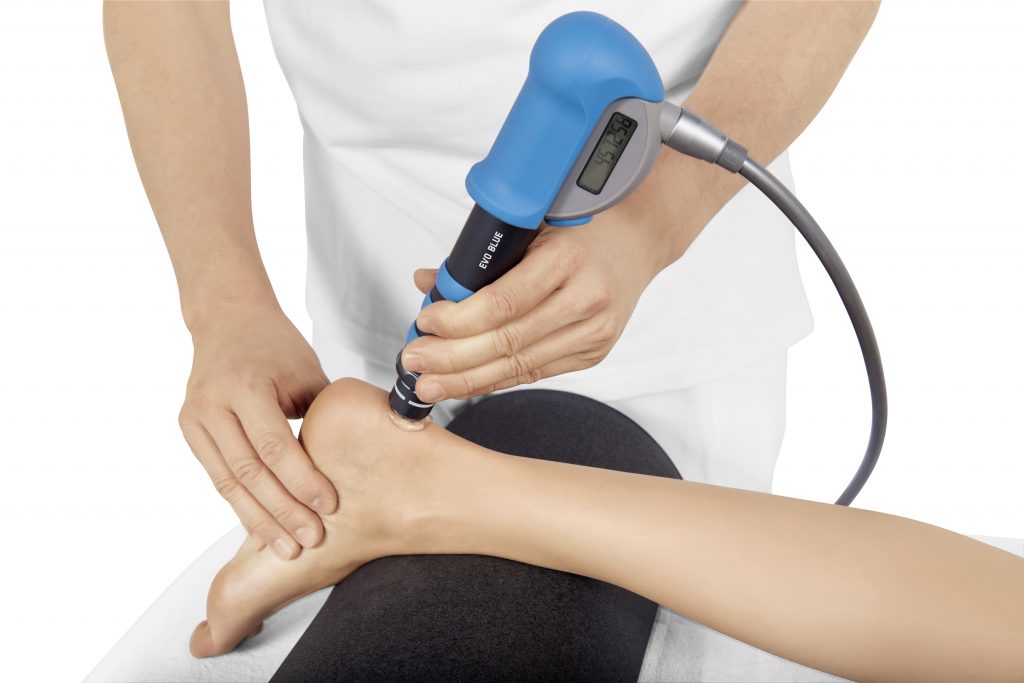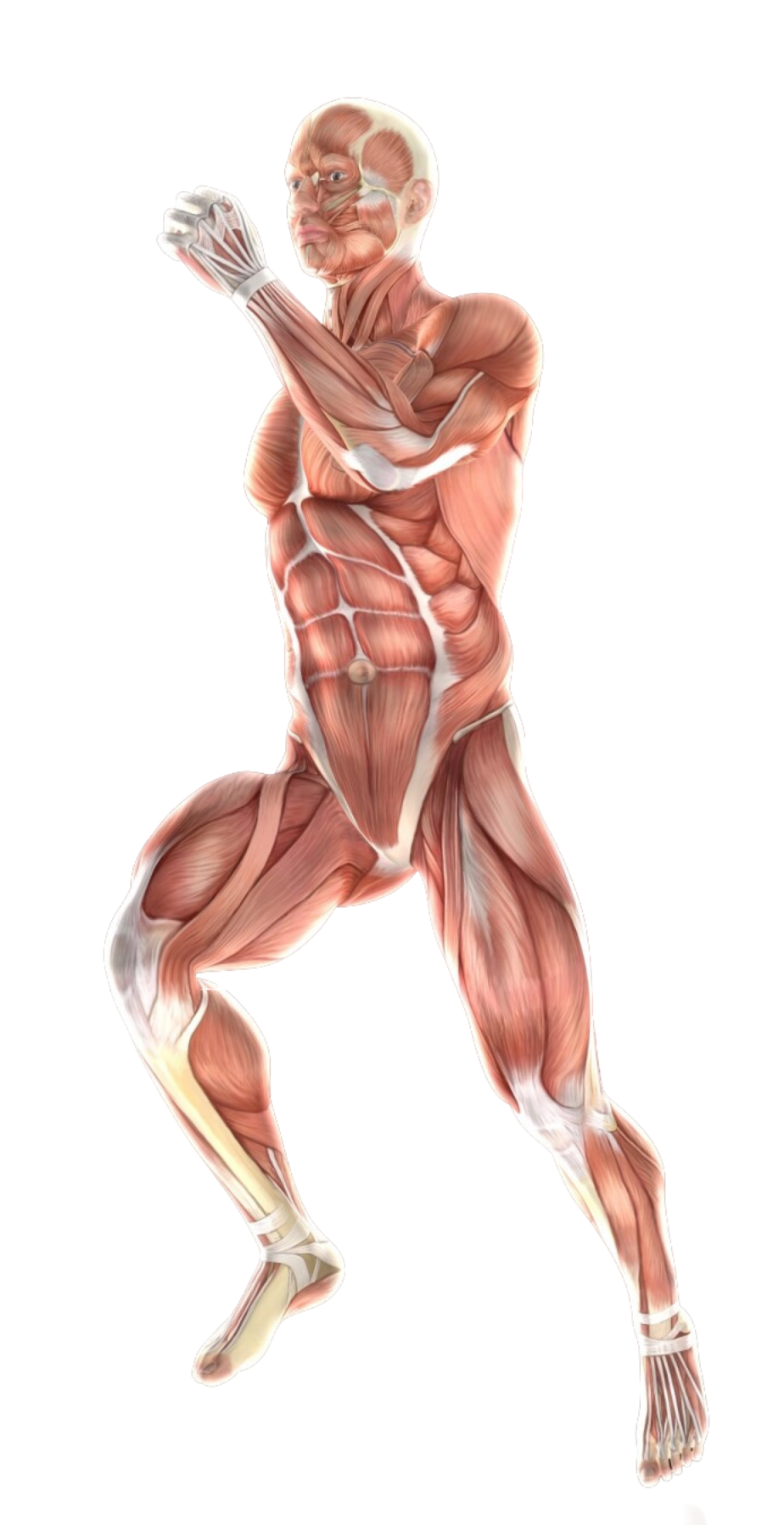- #11-13 Mount Elizabeth Medical Centre (Orchard)
- Mon Fri 9am — 6pm | Sat 9am — 12.30 pm
Achilles tendinopathy (Heel pain) is an overuse injury that involves inflammation or degeneration of the Achilles tendon. It is often caused by repetitive strain from activities such as running, jumping, or sudden changes in intensity during exercise.
Heel pain can make your daily activities difficult. A common culprit of this discomfort is Achilles tendinopathy, also known as Achilles tendonitis. The condition affects the Achilles tendon, the largest tendon in the body, which connects the calf muscle to the heel bone.
Several factors can contribute to Achilles tendinopathy:
Achilles tendinopathy occurs due to repetitive stress or overuse of the Achilles tendon, often exacerbated by certain risk factors or activities. The following are common causes that lead to Achilles tendon ache:

Although the activities and mechanics described above directly contribute to the development of Achilles tendinopathy, certain factors make people more susceptible to experiencing the condition:
If you suspect Achilles tendinopathy, consultation with a healthcare professional is essential for proper diagnosis and treatment. They will likely perform a physical exam, ask about your medical history and activity level, and may recommend imaging tests such as x-rays or ultrasounds for further evaluation.
Fortunately, Achilles tendinopathy is usually treated with conservative measures:
In severe cases, where non-surgical approaches fail to provide adequate relief, your doctor might consider:
Preventing Achilles tendinopathy involves making lifestyle and activity changes to reduce strain on the Achilles tendon. Here are some tips to help reduce the risk:
Always ensure you properly warm up before engaging in physical activities, especially those that involve running, jumping, or sudden movements. Warming up increases blood flow to the tendon and helps prevent injury.
Avoid sudden increases in the intensity, frequency, or duration of exercise. Gradually build up your activity level to give your tendon time to adapt and avoid overuse.
Make sure your shoes provide adequate support and cushioning for your feet, especially during physical activity. Avoid wearing worn-out shoes that may not provide proper arch support.
Regular exercises that strengthen the calf muscles can reduce strain on the Achilles tendon. Strong calf muscles help absorb shock and reduce the risk of injury.
Incorporating regular calf stretches into your routine can help maintain flexibility and prevent tightness in the Achilles tendon.
Engage in different forms of exercise to avoid repetitive strain on the Achilles tendon. For example, cycling or swimming can provide a lower-impact alternative to running.
Ensure you get adequate rest between physical activities to allow the tendon to recover and prevent overuse.
In most cases, Achilles tendinitis can be managed with conservative treatments. However, surgery may be necessary in certain situations.
If symptoms persist despite months of rest, physical therapy, and other non-invasive treatments, surgery may be considered to address chronic inflammation or degenerative changes.
Severe cases involving significant degeneration of the tendon fibres, rather than just inflammation, may require surgical intervention to remove damaged tissue and stimulate healing.
Individuals experiencing recurring pain and limited mobility, even after treatment, may benefit from surgery to restore proper tendon function.
Recovery typically involves a period of immobilisation followed by physical therapy. Patients are advised to work closely with their orthopaedic specialist to ensure a gradual and effective return to activity.
If Achilles tendonitis is left untreated, it can lead to a rupture or complete tear of the tendon. This often causes sudden, severe pain and may require surgical intervention to repair the damage.
Persistent inflammation and irritation of the Achilles tendon can result in chronic pain, impacting daily activities and mobility, and reducing the quality of life.
Ongoing tendonitis can weaken the calf muscles, affecting your ability to perform physical activities, including walking, running, and climbing stairs.
Without proper treatment, the Achilles tendon may have difficulty healing. The prolonged inflammation can hinder the body’s natural healing processes, resulting in long-term issues and delayed recovery.
Chronic Achilles tendonitis can potentially cause nerve damage in the affected area. This can lead to numbness, tingling, and further complications that may require additional medical attention.
Untreated Achilles tendonitis can cause recurring pain in the foot and ankle, which may result in the need for more intensive treatments in the future.
Switch between high-impact activities, like running and basketball, and low-impact activities, such as swimming and cycling. This variation helps prevent excessive strain on the Achilles tendon.
When starting a new sport or exercise regimen, gradually increase the frequency and intensity. Begin slowly and build up to more advanced levels to allow your tendons to adapt to the new demands.
Avoid activities that place excessive strain on your tendons, such as hill running. If you feel pain during an activity, stop immediately to prevent further injury.
Incorporate daily stretching into your routine to maintain flexibility in your calf muscles. Regular stretching helps reduce the risk of tendon aches and injuries.
Strengthening your calf muscles supports the Achilles tendon, helping it handle the stress of daily activities and exercise. Include exercises like calf raises in your workout routine.
Thoroughly warm up before engaging in strenuous exercise. Focus on stretching your muscles, especially the calves, to prepare them for physical activity.
Choose shoes with good cushioning and arch support to reduce strain on the Achilles tendon. Consider using orthopaedic inserts or arch supports to enhance comfort and support.

Spine - Neck
Shoulder & Elbow
Spine — Back
Wrist & Hand
Knee Pain
Ankle Pain
Foot Pain
Book a consultation with us for a more comprehensive diagnosis and a personalised treatment plan best suited to your needs.

Spine - Neck
Shoulder & Elbow
Spine — Back
Wrist & Hand
Knee
Ankle
Foot